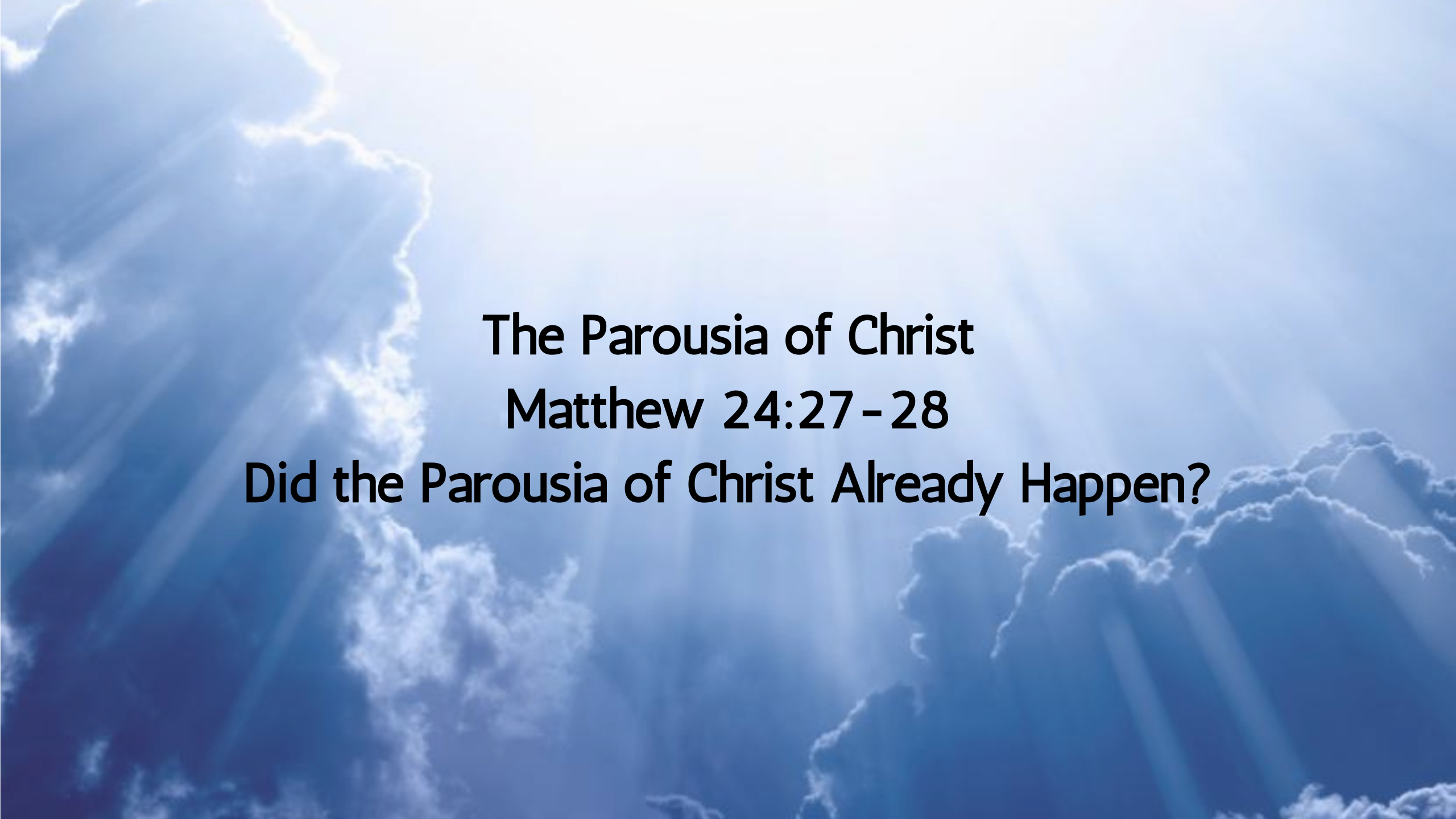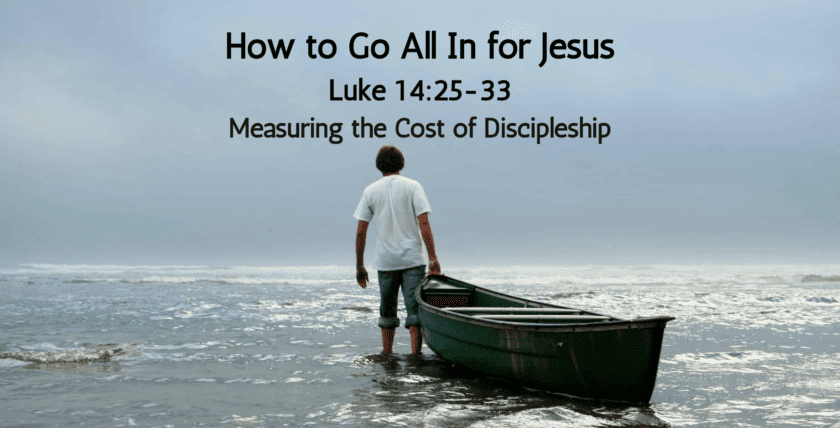This exploration invites reflection on the significance of Jesus Christ’s return, a topic that often takes a backseat to the busyness of our daily lives. In this dichotomy between the demands of the present and the promises of the future, we find ourselves grappling with the timeless questions and varied expectations surrounding Christ’s return.
Questions about the second coming have echoed through the corridors of time, stretching back thousands of years. Even the anticipation of the first coming among the Jews was marked by diverse opinions. Church leaders and theologians have spent centuries wrestling with the intricacies of “The Parousia,” trying to decipher its meaning and significance.
In our contemporary context, the busyness of life often overshadows thoughts of the Parousia. However, pausing and pondering what this imminent event will look like is crucial. The expectations surrounding Christ’s return vary widely among Christians and non-Christians alike, making it a topic ripe for exploration.
To understand the nuances of “Parousia,” let’s continue our discussion, centering on Matthew 24:27-28, which addresses the destruction and judgment of the Jews. The term “coming” requires careful examination, as Jesus uses vivid imagery, likening his arrival to lightning flashing from the East to the West.
For a Jewish audience, this depiction carries profound symbolism. In Psalm 97:1-5, lightning is associated with divine judgment. The imagery suggests God’s unyielding righteousness and justice, consuming unrighteousness and injustice. In essence, the trembling mountains symbolize the removal of perceived strength and refuge, emphasizing the inevitability of God’s judgment.
Key to our understanding is the use of the Greek word ‘Parousia’ in Matthew 24:3 and 24:27, signifying the arrival or presence of the Messiah. The Parousia, to the Jews, held specific expectations:
- The Arrival of the Messiah: Signifying the culmination of their long-awaited hope.
- Fulfillment of Covenantal Promises: The Messiah bringing completion to God’s promises.
- Restoration of Israel and Establishment of God’s Kingdom: Initiating a new era of divine rule.
- Resurrection of the Righteous: A time of renewal and transformation.
- Final Judgment: The ultimate reckoning for all.
The use of “Parousia” in the New Testament occurs 13 times, alternating between “at his coming” and “in his presence.” Context becomes paramount in interpretation, and in Matthew 24, Parousia denotes the Messiah’s coming in the judgment of Jerusalem and unfaithful Jews.
In verses 23-26, Jesus warns of false messiahs exploiting the chaos preceding Jerusalem’s judgment. The metaphor of vultures or eagles gathering where the carcass is speaks to scavengers seizing opportunities during times of turmoil. This serves as a cautionary note against those who profit from end-time prophecies.
What can we glean from these verses about the Parousia of Christ? The signs are threefold:
- Lightning-Like Coming: Imminent and impossible to miss, representing sudden and complete judgment in 70 AD.
- Presence in Jerusalem’s Judgment: Signifying the Messiah’s arrival for God’s righteousness and justice.
- Lord of the Entire World: Christ’s ongoing presence, wielding power and authority to judge nations and individuals.
As we ponder these signs, we recognize the relevance of the Parousia both in historical events, such as the destruction of Jerusalem and in our present moment. The Parousia isn’t a distant future event; it unfolded in 70 AD with Christ present in the judgment that befell the Jews.
In conclusion, “The Parousia of Christ” invites us to a deeper understanding of divine justice, the fulfillment of promises, and the ongoing presence of Christ in our lives. It’s a call to reflect on this profound event’s historical and spiritual dimensions, recognizing its impact on both the past and the present.


